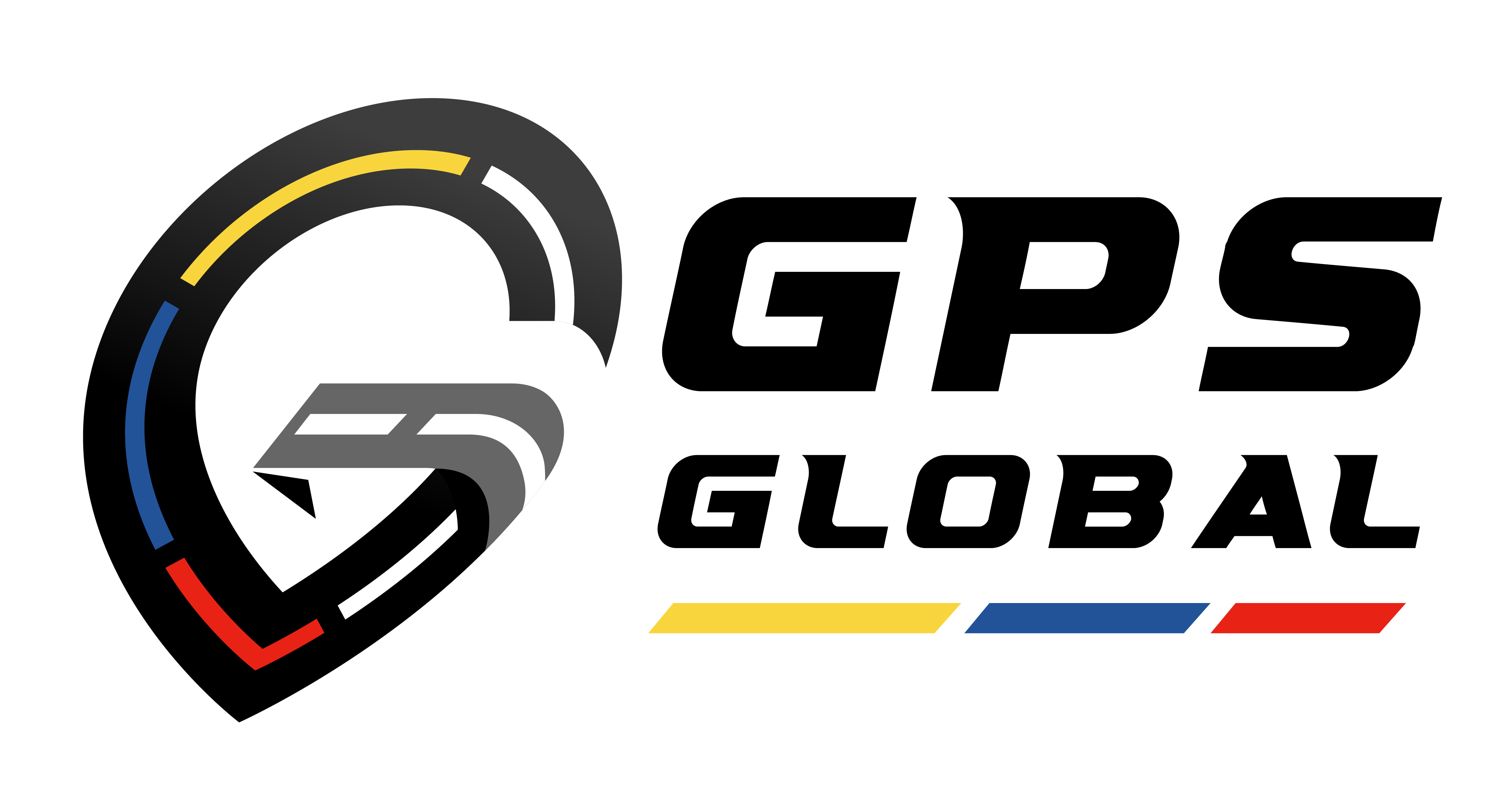According to Italy`s similar but different e-invoicing mandate, all relevant invoices must be processed through the Italian tax administration`s e-invoicing platform, Sistema di Interscambio (Sdl). SDL verifies in real time that the correct tax is applied to each taxable transaction and adds a digital signature to approved invoices. In most cases, SDL will then make the invoice available to the buyer, but may send it to the supplier for forwarding to the buyer. Germany is by no means one of the pioneers of electronic invoicing. In fact, southern and eastern EU countries such as Italy, Spain, Croatia and Hungary are overtaking Germany in implementing EU Directive 2014/55/EU. Nevertheless, e-invoicing will continue to prevail in Germany in 2020 and 2021 and companies are well advised to equip themselves with corresponding digital solutions for e-invoicing in the near future. Suppliers must be able to submit invoices electronically (Government Red Tape Elimination Act). One way to do this is to use a federal shared services provider (FSSP) that offers electronic invoicing. For example, France e-invoicing requirements are implemented as follows: If your priority is maximum control over your billing and billing processes, traditional license-based on-premises installation is the way to go. However, if you want the greatest possible flexibility, a cloud solution is more appropriate. In addition, cloud-based invoice processing doesn`t stop: fast implementation, easy integration and high operational reliability. Ensure that your cloud provider can deploy solutions for all relevant countries and scenarios from a single platform. Learn more about this topic in our e-invoicing manual and find answers to all your questions.
Every year, there are new requirements for e-invoicing in different countries as more and more public sector countries switch to e-invoicing and digitize their invoicing processes. Digitization not only means workflow automation and digital cloud storage, but also includes an efficient invoicing process. Law firms need to move away from the traditional style of legal practice and invoicing process that involved paper invoices. Thanks to advances in technology and LegalTech, the time has come for e-invoicing and e-invoicing to evolve in the legal sector. But what is an e-invoice, what are the challenges of e-invoicing, what components should an e-invoicing solution have, and what is Peppol? The following guide to e-invoicing answers these and other questions. + Automating invoice processing and verification reduces human error and frees up the legal team to focus on higher value-added tasks. As the name suggests, electronic invoicing refers to the electronic transmission of digital invoices and related documents (e.g. credit notes, payment terms, and purchase orders). Electronic invoices contain the same information as their paper counterparts. By creating, sending and storing invoices electronically, paper is easily removed from the equation, saving businesses time, resources and manpower.
E-invoicing and e-invoicing have taken over in the legal sector and we understand why. Since the Kingdom of Saudi Arabia introduced e-invoicing and made it mandatory, we are proud to inform you that we adhere to the rules and regulations of the Saudi government, which is why Casengine also offers e-invoicing as part of our strategy to continue serving our customers. Electronic invoicing will become mandatory for B2G in France from 2020, including companies with fewer than 10 employees. The Chorus Pro portal is used for this purpose. Following a new government calendar, it has been decided that e-invoicing will be mandatory for businesses with a turnover of Rs 100 crore or more from April 1, 2020. This new electronic invoicing system will simplify the standard declaration between taxpayers and authorities. Standards and formats: What e-invoicing standards and formats do I need now and possibly in the future? Electronic invoicing is on everyone`s lips. Digitized invoicing processes promise huge cost savings of 60-80% compared to paper-based invoicing processes. Positive side effects of switching to e-invoicing include: reduced input errors, shorter processing times, and increased discounts.
Electronic invoicing is increasingly becoming a legal obligation (e.g. European Directive 2014/55/EU). From April 2020, the European standard for e-invoicing will apply, as the acceptance and processing of electronic invoices will become mandatory for the public sector and for all B2G transactions. In addition, the latest EU-compliant ZUGFeRD 2.1/XRechnung enables B2G electronic invoicing. + Efficient, fair and consistent sourcing of legal service providers and law firms More and more countries are demanding e-invoicing: The main reason for the growing number of e-invoicing and e-invoicing regulations is trivial: governments are looking for new ways to enforce their tax laws and collect more VAT. According to the 2020 VAT Gaps Report, EU Member States lost around €137.5 billion in 2017, or 11.2% of the total expected relative VAT. The tax gap between expected VAT (also known as total theoretical VAT debt or “VTTL”) and VAT actually collected is expected to continue, falling below €130 billion, or 10% of VTTL, in 2018. The France plans to extend the current mandate from B2G e-invoicing to B2B e-invoicing by early 2025 Companies can also benefit from the switch to e-invoicing in areas where this is not yet necessary. Benefits for businesses include higher savings, as companies spend less time and resources (time and materials) on invoicing. According to Inposia, switching from paper to electronic invoices can reduce costs by up to 80%.
ZUGFeRD (Central User Guide of the Electronic Invoice Germany Forum) grew out of the Electronic Invoice Germany Forum and enables small and medium-sized companies to exchange invoices with their business partners/suppliers quickly and digitally. All the general advantages of e-invoicing, such as automatic processing, cost reduction and elimination of material and postage costs, were discussed. + Spend data enables legal analysis for data-driven policy decisions, including negotiations, panel reviews, and procurement. In line with European Parliament Guidelines 2014/55/EU published in May 2014, more and more countries are adopting legislation on electronic invoicing. Directive 2014/55/EU even requires contracting authorities to introduce electronic invoicing. The varieties in many countries with their respective regulations and local specialties make international electronic invoicing complex. In almost all of the 65 countries where e-invoicing regulations already apply today, there are subtle differences in what data needs to be collected, how that data needs to be collected, and what requirements the digital signature needs to meet. However, there are basically two types of e-invoicing rules, commonly referred to as customs clearance and verification.


